Support Napa Valley Features – Become a Paid Subscriber Today
If you’re reading this, you care about independent, locally owned, ad-free journalism — reporting that puts our region’s stories first, not corporate interests or clickbait.
As local newsrooms are increasingly bought by billionaires, scaled back or absorbed into media conglomerates, communities lose original reporting and are left with more syndicated content. Your support keeps quality regional journalism alive.
Join a community that values in-depth, independent reporting. Become a paid subscriber today — and if you already are, thank you. Help us grow by liking, commenting and sharing our work.
Roots and Resilience — A Family’s Scottish Past
By Glenda Winders
NAPA VALLEY, Calif. — Last September, Hispanic Heritage Month, my colleague Sasha Paulsen wrote a column in this space about the adventures of her Mexican grandfather, whose own grandfather had arrived from Spain with the Emperor Maximilian. One of the reasons I enjoyed reading it so much was that it sparked my own thinking about my heritage and how I happen to be who and where I am today.
Thanks to one arm of the family that kept careful records, I have a direct line back to one Lady Margaret Dewey and the year 1773. This ancestor was the only child born into a wealthy and titled Scottish family who planned to marry her to an equally prosperous cousin. Lady Margaret, however, had no affection for her fiancé. As time for the wedding approached, she hatched a plan to get out of the commitment.
Somebody back there in everyone’s family had the grit and courage to do what needed to be done, regardless of the hardships of the trip and the grief over what was left behind.
Learning that a ship was sailing for America, she booked passage, packed a bag and slipped away in the middle of the night. When her parents woke up the next morning, she was already at sea.
The ship’s captain, whose last name was Anderson, took the young woman into his care, and for the next year she lived with him and his wife in New York. There she fell in love with his younger brother, Thomas, and thus began that part of my lineage.
Five generations later, my great-grandfather was born in Indiana, but he was as Scottish as if he had come from Edinburgh or Glasgow. He revered the family history and repeated it often so none of his family members would forget. When I was a child, he sent me a letter admonishing me to “Live every day so that all of Scotland will be proud of you.” All these years later, a day doesn’t go by with my wondering, “How am I doing, Scotland?”
When my children and theirs had to write school reports about someone interesting in their family, it was always Lady Margaret they trotted out. I have several pieces of the tartan that I wear with giddy pride, and I like to think my red hair and fair skin came straight from Lady Margaret.
The first time I visited Scotland I had the noble ambition of going to the hall of records in Edinburgh and trying to figure out where Margaret and her parents — also my ancestors — had their opulent home. A hall of records in Europe, however, is not like the recorder of deeds’ office in this country. Several floors of filing cabinets loomed before me and my husband, who said, “Do you want to stay here or go for a picnic?” Ten minutes later we were munching bread and cheese in a nearby park, but my intentions had been good.
While I was there, I did figure out the whole thing about tartans. You don’t wear another family’s and they don’t wear yours. I brought home ties for the men, scarves for the women and toys for the children — my suitcase a sea of blue, red and yellow. When my cousin’s daughter married, she wore a sash of the plaid across her white satin wedding gown while the groom wore his family’s yellow, red and green Buchanan tie.
What a gift my great-grandfather gave us — wonderful stories and a love for this place that he never got to. Beyond that, he instilled a curiosity for seeing parts of the world across oceans where people spoke different languages and wore different clothes, had different colors of skin and lived in homes that ranged from mud huts to villas. Thomas Paine wrote, “The world is my home, and my religion is doing good,” a phrase I write on the first page of my journal as I begin each new year. Isaac Anderson was the beginning of all of that.
In actual fact, the three other quarters that make up who I am came from Germany. The grandfather who married my “Scottish” grandmother was raised in the United States by German grandparents and didn’t learn to speak English until he was 10 years old.
In our family, as in many others, it was my mother’s side to which we gravitated. My maternal grandparents looked after me while my parents were working, and it was in their home that we gathered to celebrate holidays.
My father was the youngest of seven children, and his parents died not long after I was born. His siblings lived in other states, and while we visited them a few times on vacation, the subject of our ancestors never came up. As an adult I learned that our forebears came from the Mosel Valley and one family member died during the Civil War of disease, and that was it.
I married a man whose grandparents came to this country from Italy and shared so many memories with him and his brothers that the boys couldn’t be happy until they traveled to Naples. The trip even inspired one of them to learn Italian. I have friends whose family came from Ukraine, and the war there is as real to them as if they were in Europe.
We are a nation of immigrants. Our ancestors braved some kind of odds to get here, no matter the circumstances. Whether they were running from persecution, fleeing a war, trying to avoid a bad marriage or just looking for a better life, they were all facing something or they wouldn’t have made the trip. Some came in rickety boats, others flew in on airliners or swam across the Rio Grande, but no one ever did it without a reason.
Somebody back there in everyone’s family had the grit and courage to do what needed to be done, regardless of the hardships of the trip and the grief over what was left behind. In my case that person was the 18-year-old Lady Margaret. I would like to think I have her courage, but I’m not sure I would have been that brave.
—
Glenda Winders is a novelist, freelance writer and copy editor for Napa Valley Features.
Today’s Polls
Explore These Related Articles:
Browse All Napa Valley Features Stories
Poems of the Day
The Vagabond
By Robert Louis Stevenson
Give to me the life I love, Let the lave go by me, Give the jolly heaven above And the byway night me. Bed in the bush with stars to see, Bread I dip in the river -- There's the life for a man like me, There's the life for ever. Let the blow fall soon or late, Let what will be o'er me; Give the face of earth around And the road before me. Wealth I seek not, hope nor love, Nor a friend to know me; All I seek, the heaven above And the road below me. Or let autumn fall on me Where afield I linger, Silencing the bird on tree, Biting the blue finger; White as meal the frosty field -- Warm the fireside haven -- Not to autumn will I yield, Not to winter even! Let the blow fall soon or late, Let what will be o'er me; Give the face of earth around, And the road before me. Wealth I ask not, hope, nor love, Nor a friend to know me. All I ask, the heaven above And the road below me.
About the Author: Robert Louis Stevenson (1850–1894) was a Scottish novelist, poet and travel writer best known for "Treasure Island," "Strange Case of Dr. Jekyll and Mr. Hyde" and "Kidnapped." Though he struggled with illness throughout his life, he was a restless traveler, seeking adventure and a climate that suited his health.
Stevenson’s ties to Napa Valley are well known. In 1880, he honeymooned in an abandoned bunkhouse at Silverado Mine on Mount Saint Helena, later chronicling the experience in "The Silverado Squatters." His time there is commemorated by Robert Louis Stevenson State Park and references throughout the region, including a museum in St. Helena.
His poem "The Vagabond" comes from his 1895 posthumous collection, "Songs of Travel and Other Verses.” The collection reflects Stevenson’s lifelong embrace of freedom, resilience and the open road — themes that resonate as strongly today as they did in his time.
Are you a poet, or do you have a favorite piece of verse you'd like to share? Napa Valley Features invites you to submit your poems for consideration in this series. Email your submissions to napavalleyfeatures@gmail.com with the subject line: "Poem of the Day Submission." Selected poets will receive a one-year paid subscription to Napa Valley Features (a $60 value). We can’t wait to hear from you.
Caption Contest
Pick your favorite caption or add your own in the comments below.
Possible Captions:
"That explains my love of bagpipes."
"I knew I was adopted."
"My ancestors really got around."
“Good news — I’m royalty. Bad news — the country no longer exists.”
“Well, that explains my fear of commitment.”
Last week’s contest results
In “Sunday E-dition: Lake Berryessa — Glory Hole Watch 2025,” the winning caption was, "Sound the trumpets! The land is safe once more!" with 33% of the votes.
"My liege, the gopher has been surrounded… again."
"Victory is ours! Although casualties were significant."
"Shall we mount its head on a pike, sire?"
"Your Highness, the gopher is requesting terms of surrender."
"Sound the trumpets! The land is safe once more!"
Last Week
Peter Kilkus reported on the recent spill at Lake Berryessa's Glory Hole, which began overflowing on Feb. 4 after heavy rainfall pushed the lake level above 440 feet. By Feb. 7, the water had risen to 442.6 feet before gradually receding as the rain stopped. The event garnered widespread attention, with coverage from major news outlets and increased engagement on the Lake Berryessa News website and social media. Kilkus reflected on the history of the spillway, its rare overflows and its growing fame, largely fueled by viral drone footage in 2017. He also discussed public reactions to the phenomenon, ranging from scientific appreciation to existential unease.
Tim Carl examined the economic impact of political division in “How Politics is Reshaping the Economy,” highlighting how uncertainty and ideological polarization are reshaping consumer behavior and financial stability. The article discussed how mass firings, ideological purges and manipulated economic data under the Trump administration’s Project 2025 have contributed to economic fear, leading to decreased spending and investment. Carl explored how consumers are aligning their purchases with political beliefs, causing boycotts, shifts in travel patterns and industry-wide disruptions. He also detailed growing concerns over media manipulation, corporate accountability and the rise of alternative economic movements. The article underscored that prolonged instability could have long-term consequences, with economic recovery hinging on restoring confidence and unity.
Sasha Paulsen reported on Napa’s participation in the nationwide “Napa Rises on ‘No King Day’” protests on Feb. 17, where U.S. Rep. Mike Thompson hosted a “We the People” rally in downtown Napa. Approximately 400 attendees, carrying signs with messages like “Stop the coup” and “Make America Sane Again,” gathered to hear local officials speak about concerns under the new Trump administration, including threats to Social Security, Medicare and research funding. Speakers emphasized civic engagement and the need to resist Project 2025, a conservative plan to reshape the government. The event concluded with a musical performance and a call to uphold democratic values.
Dan Berger examined the complexities of red wine in “Dan Berger’s Wine Chronicles: Varietal Precision — Reds,” discussing how grape variety, climate and winemaking techniques influence aroma and flavor. He explored characteristics of popular reds like cabernet sauvignon, pinot noir and zinfandel, emphasizing how factors like oak aging, tannins and alcohol levels shape a wine’s profile. Berger also highlighted lesser-known varieties such as nebbiolo, grenache and barbera, explaining their unique attributes and aging potential. He critiqued trends that have led to the loss of distinctive varietal traits in some wines, particularly in cabernet. Next week, he plans to delve into wine handling and fortified wines like port and sherry.
Cindy Kerson highlighted the resilience and beauty of manzanita in “Enjoy Year-Round Garden Magic With Manzanita,” detailing its adaptability to various climates and its role in supporting pollinators. With more than 100 species, manzanita thrives in different environments, making it a popular choice for drought-tolerant and fire-resistant landscaping. Kerson shared insights from the Las Flores Learning Garden in Napa, where some varieties flourished while others struggled, underscoring the importance of selecting species suited to specific soil and climate conditions. She encouraged gardeners to research plant needs before purchasing to ensure success. The article also provided information on upcoming gardening workshops and resources from UC Master Gardeners of Napa County.
David Kerns spoke with Ruth Moody about the Wailin’ Jennys' upcoming return to Napa’s Uptown Theatre on March 6, their first performance there in nearly eight years, as well as the trio’s evolution since forming in 2002. Moody reflected on her bandmates' strengths, the group’s commitment to activism, and the possibility of a new album. She also discussed her solo career, including the release of her latest album, “Wanderer,” and how motherhood has shaped her songwriting and performance. Moody described a shift toward raw, honest expression in her music, moving away from perfectionism.
Kathleen Scavone explored February’s celestial displays in “Napa’s Night Skies,” highlighting an alignment of seven planets visible across the valley. While planetary alignments are not rare, this one featured more planets than usual, with Mars, Jupiter, Uranus, Neptune, Venus, Saturn and Mercury appearing in the night sky. She also discussed tools like apps, websites and NASA resources for tracking celestial events, including spotting the International Space Station. The article encouraged readers to engage with astronomy, noting that winter’s axial tilt provides especially clear views of the stars. Scavone emphasized the wonder of stargazing and the beauty of Napa’s night sky.


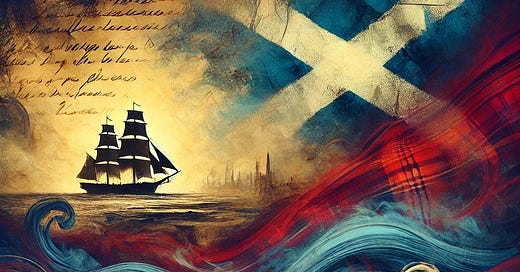



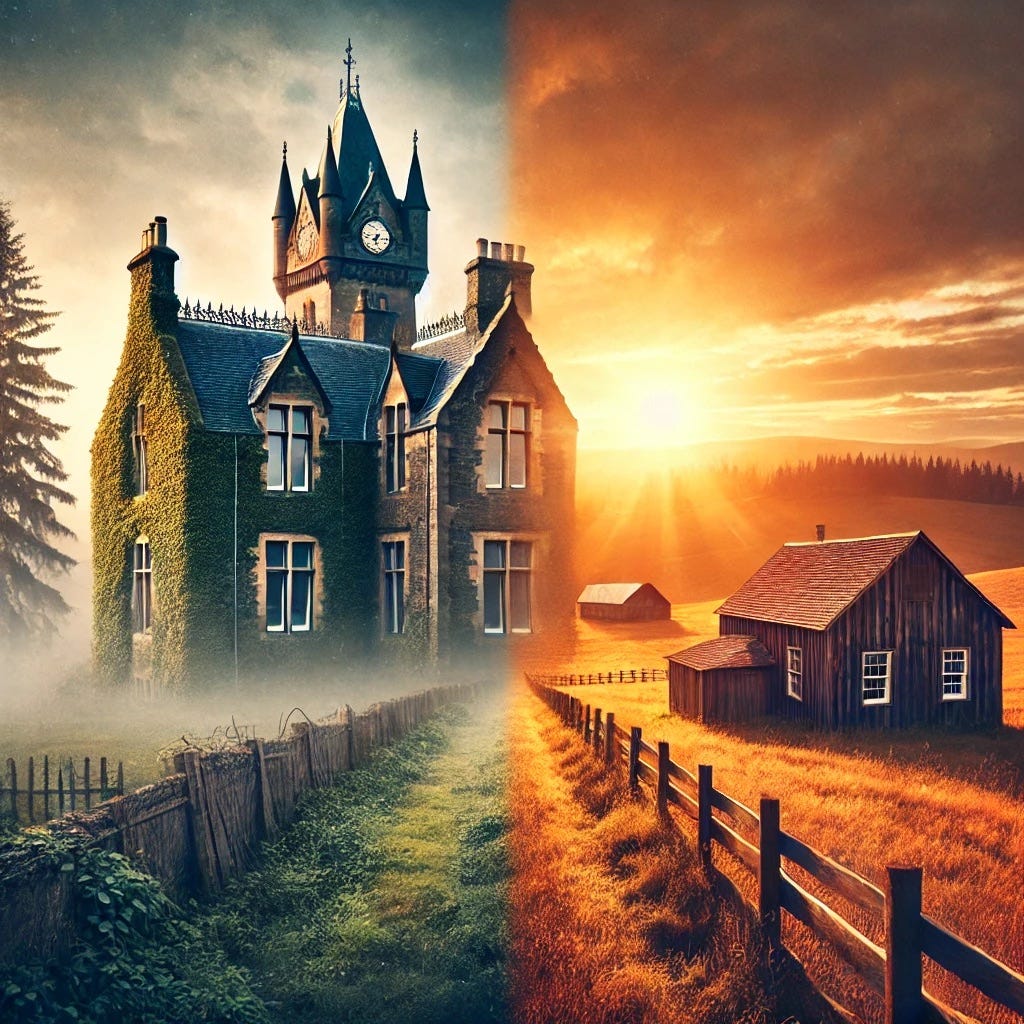

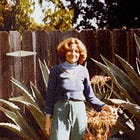

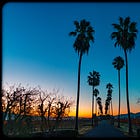


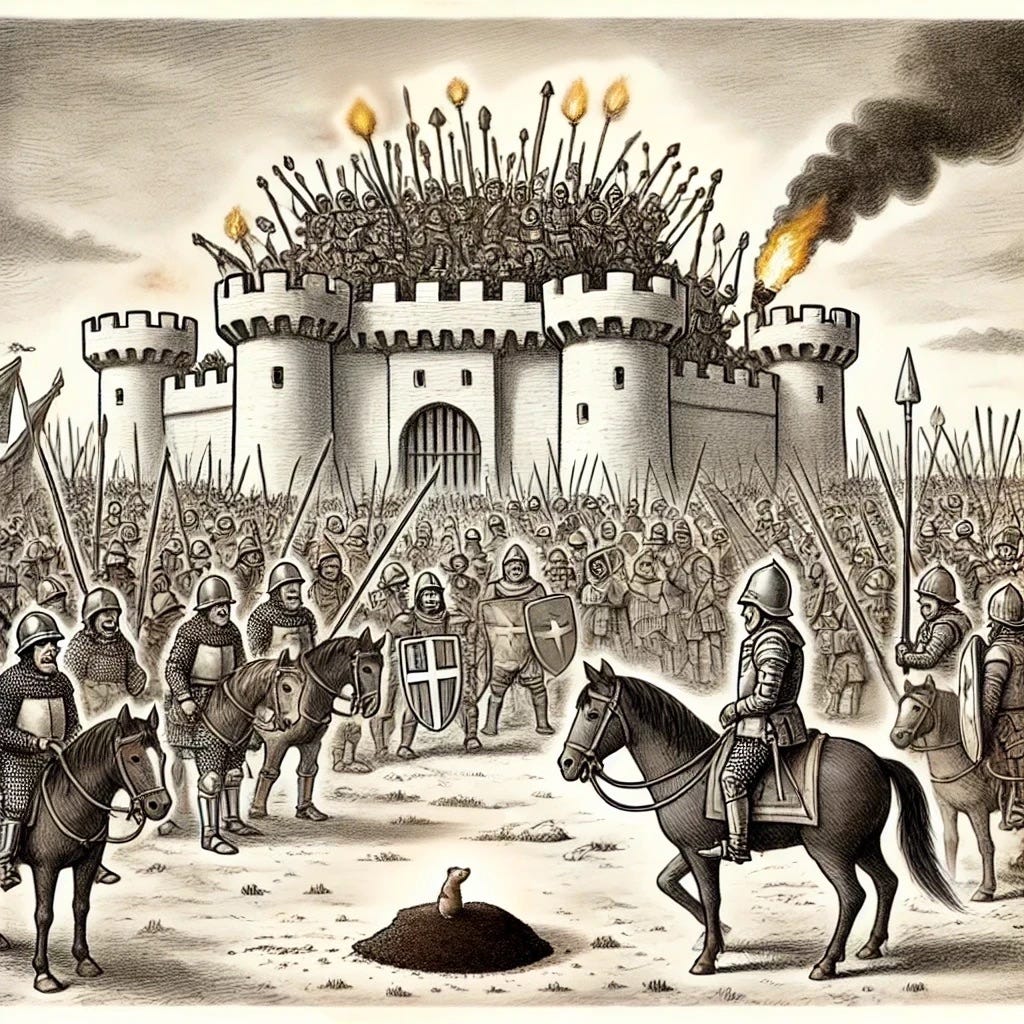


Wonderful story, thank you Glenda! Also have Scots ancestry--my father's relatives from Paisley, prosperous business people, it seems, who wound up in Quincy, Illinois. I still have my Scots-origin grandmother's circular for the Robert Burns celebration that once took place in Quincy. On the maternal side, I have been able to trace my great-uncle's membership as an "intermarried white" in the Chickasaw tribe of Oklahoma, including his access, through this marriage, to specific allotments of land in Indian Territory set aside for natives. The Chickasaws had been removed from the Southeast along with the other indigenous nations that made up the "Five Civilized Tribes." Somehow my great-uncle had managed to marry into a very prominent Chickasaw family, the Burneys [native leaders, elected officials and educators], after which Burneyville OK is named. As children, we ate collops and finnan haddie, fortunately no haggis. No one talked about Oklahoma origins and connections, except for vaguely mentioning a "Choctaw allotment," and no one said whether the "allotment" had once increased our personal wealth and by how much in today's dollars. As a professional anthropologist in the 1980s advocating for the international recognition and protection of native peoples, I didn't suspect all that has come to light so far through my own family history. Full circle.
My maternal grandparents escaped another European war to come to the USA as teenagers from Austria. They met here. Another greatgrandfather came from Sweden. I have his trunk. I wonder about others.